Longtime Bethesda resident Mary Giere can remember when downtown Bethesda consisted of little more than a row of rundown shops, a church, a school and a theater. Today, she says, there isn’t an inch left to develop.
Indeed, density in downtown Bethesda has become a problem, with eager developers trying to take the area past the number of people it can sustain.
Developers and planners did a terrific job creating the vibrant destination of Bethesda Row from a quiet street.
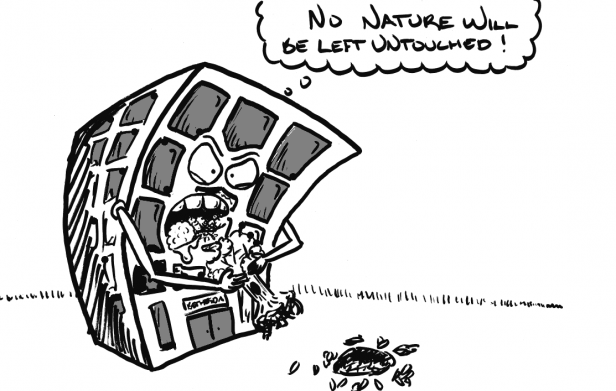
But today, the area has become congested and can’t handle further developments without modifications to traffic patterns. Considering this, the construction rate should be curbed, as downtown Bethesda lacks open space and sufficient parking.
Construction will begin soon on a multi-purpose building in the lot across from the Bethesda Barnes & Noble. The finished building will contain apartments, shops and an underground parking lot. At least nine stories tall, it will loom over the two- and three- story buildings on Bethesda Row.
While the construction will be a major disruption, requiring the closing of a nearly 300-space parking lot and part of Woodmont Ave., the final project will also be disruptive: it will increase the number of residents and shoppers on already busy streets. More residents and more parking will mean more people, cars and traffic. Plus, there may eventually be added traffic from the proposed Purple Line, which will funnel even more people through the area.
This trend toward congestion and overdevelopment makes Bethesda less pleasant for residents and shoppers, who, if forced to spend more time in traffic, might head to other destinations. For commuters, the small shops of Bethesda Row may not be worth the trip if patronizing them means wasting an hour in traffic.
To counteract this problem, developers should work to create effectively integrated, interesting green spaces in and around Bethesda, which currently lacks open spaces other than “pocket parks,” or small, wedged-in green spaces. Open space, when well designed, can bring together a community by providing a friendly gathering place. The proposed Purple Line would cut into the Capital Crescent Trail and makes increasing other green space even more important.
Developers are required to create at most 20 percent open space in their developments or pay into a fund for the county to purchase open space, said Rollin Stanley, director of planning. Planners should buy lots to turn into open space with this fund, reducing density and keeping Bethesda welcoming instead of stressful.




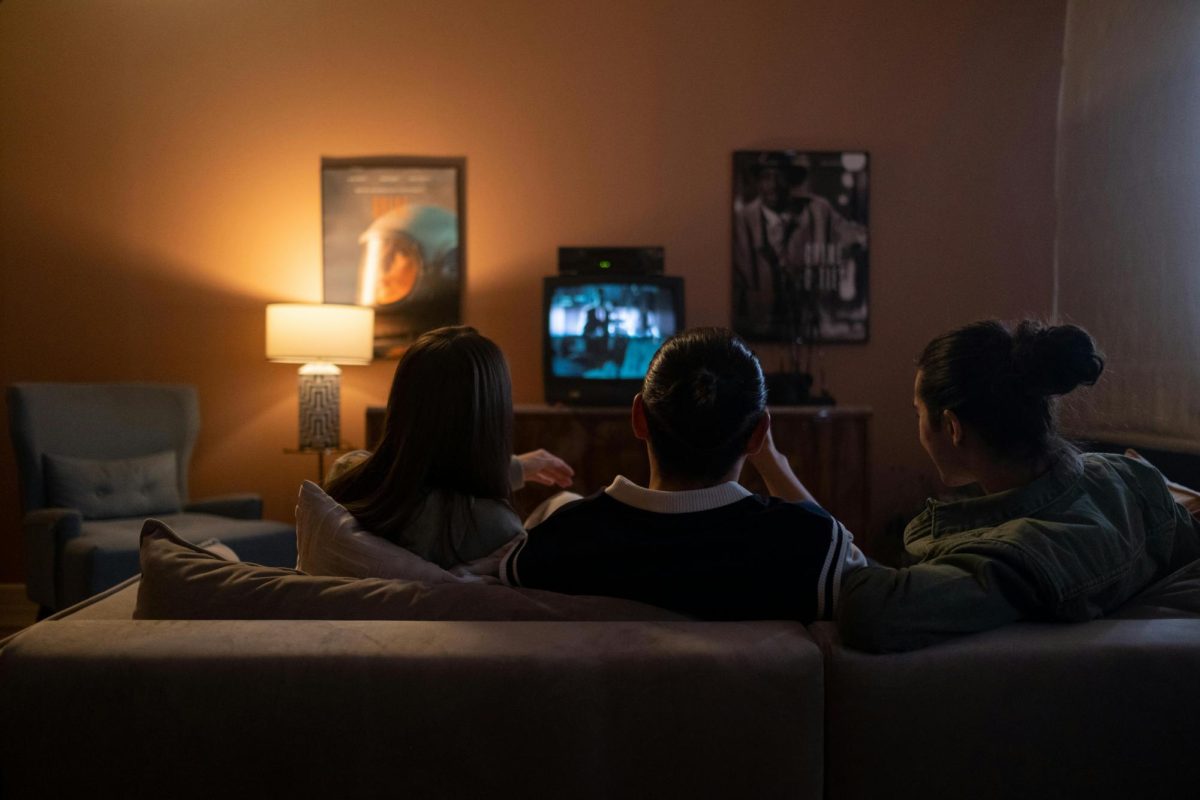
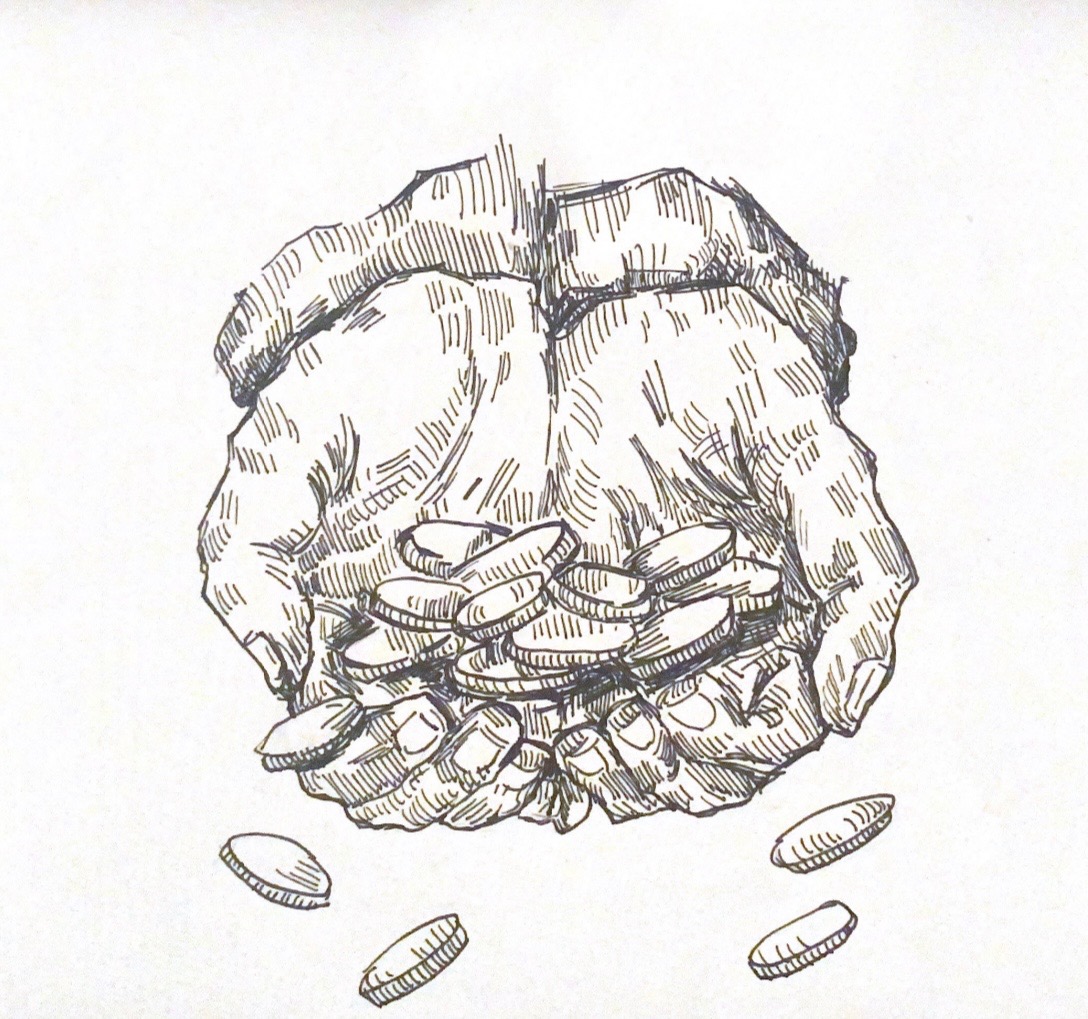

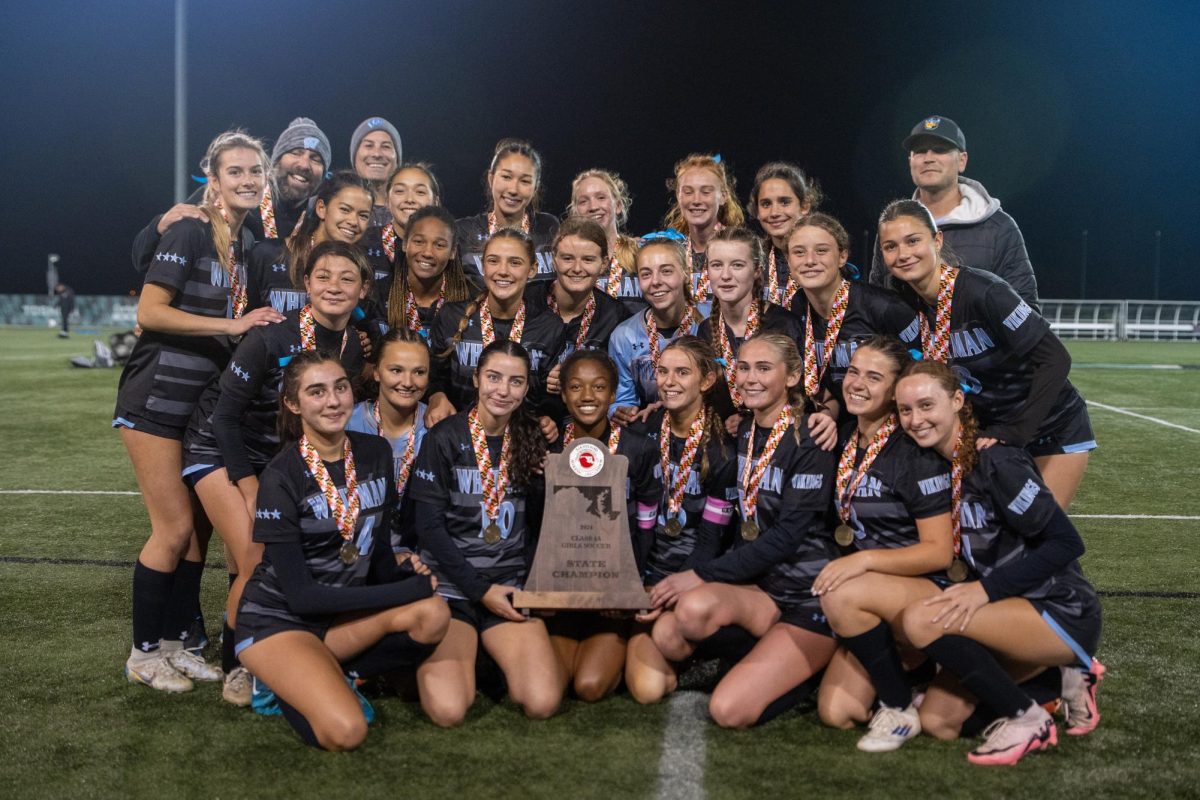
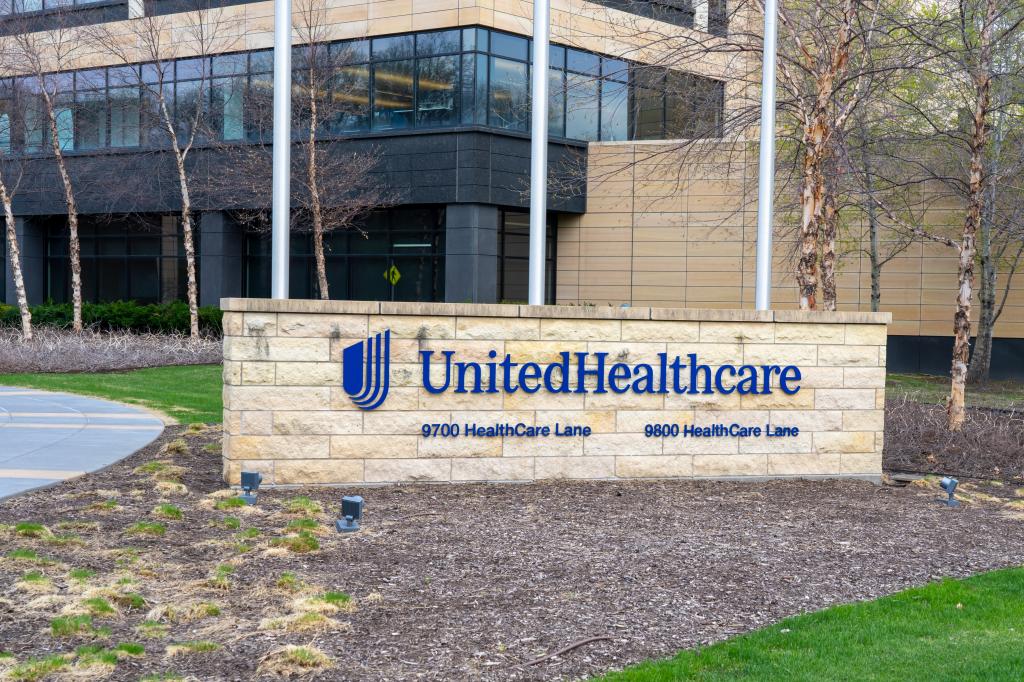
Daniel Fitterman • Jan 27, 2012 at 12:10 pm
Nice cartoon and I totally agree with you about the green space, I was trying to shoot the snow last weekend and the only place in bethesda that hadn’t been heavily salted was that kids park.
shinduk • Jan 26, 2012 at 6:34 pm
really good cartoon Billy Lenkin